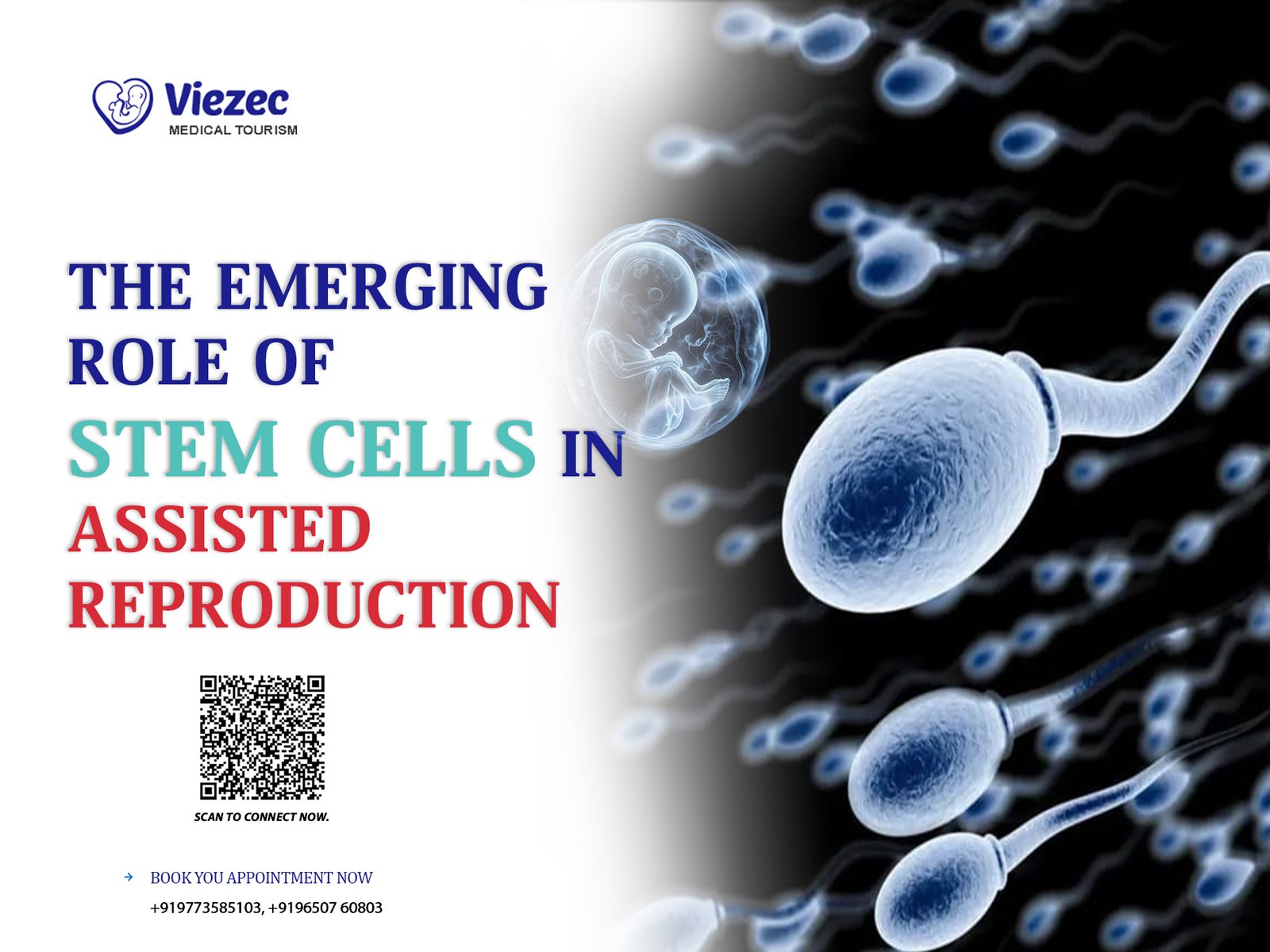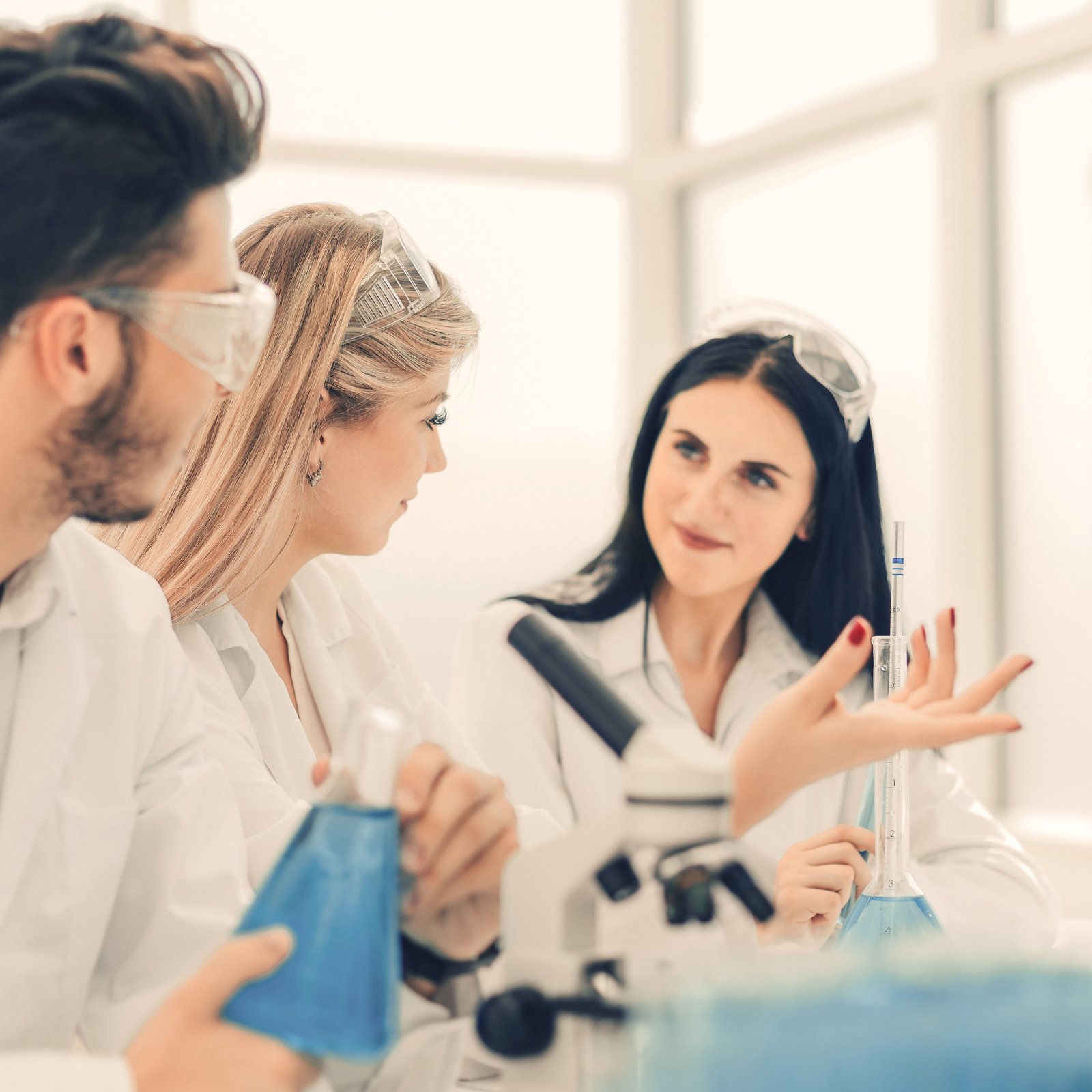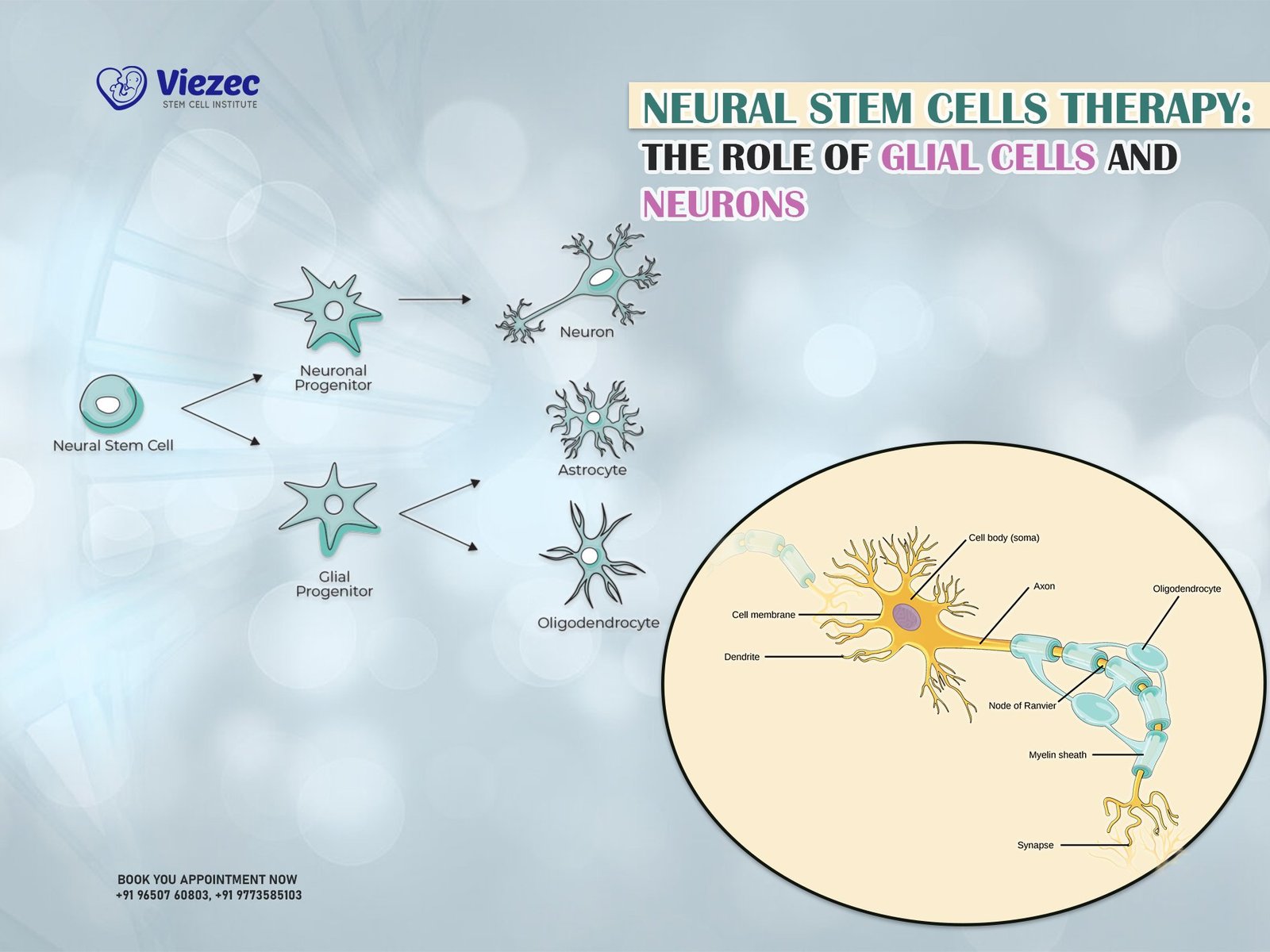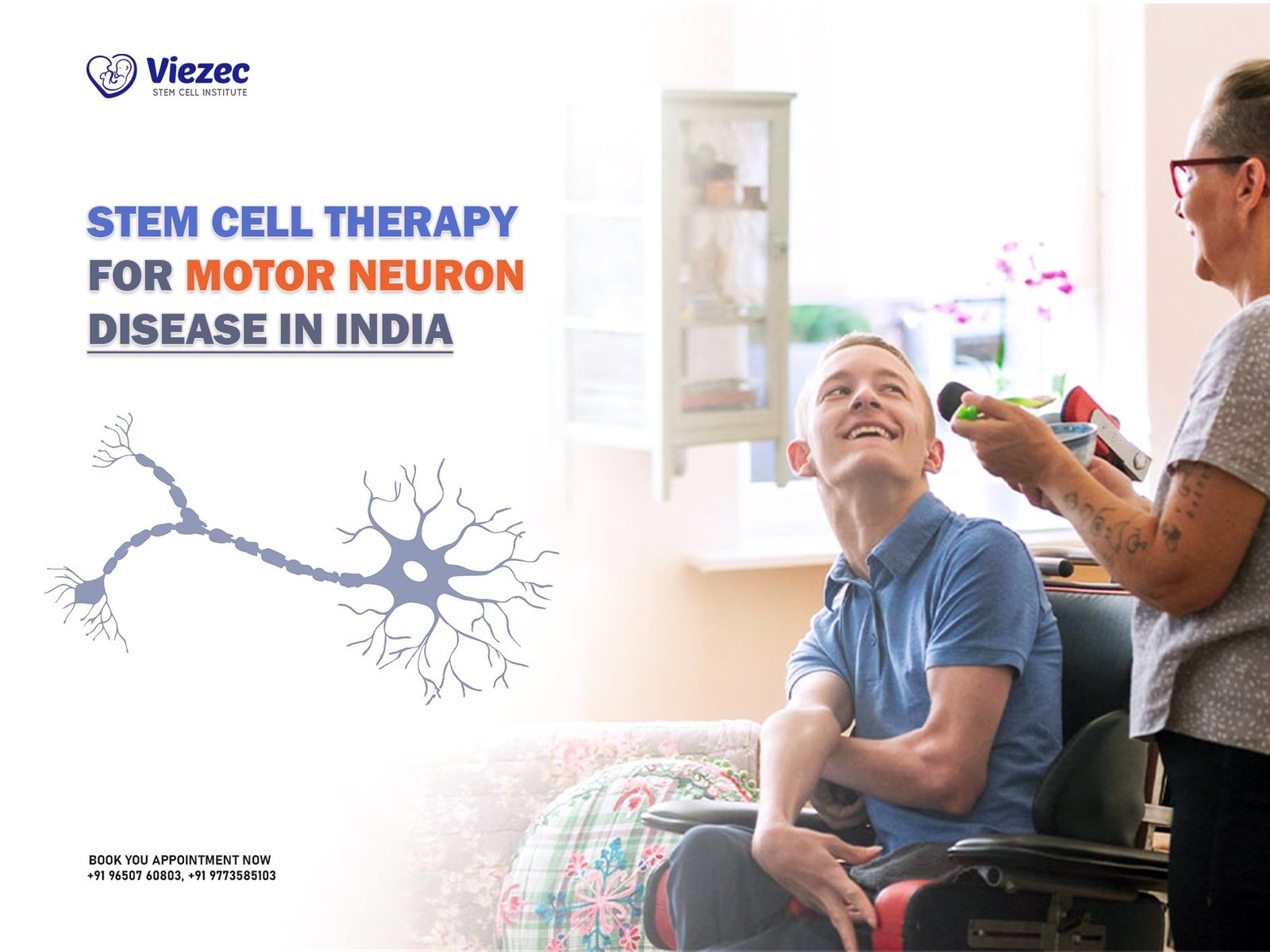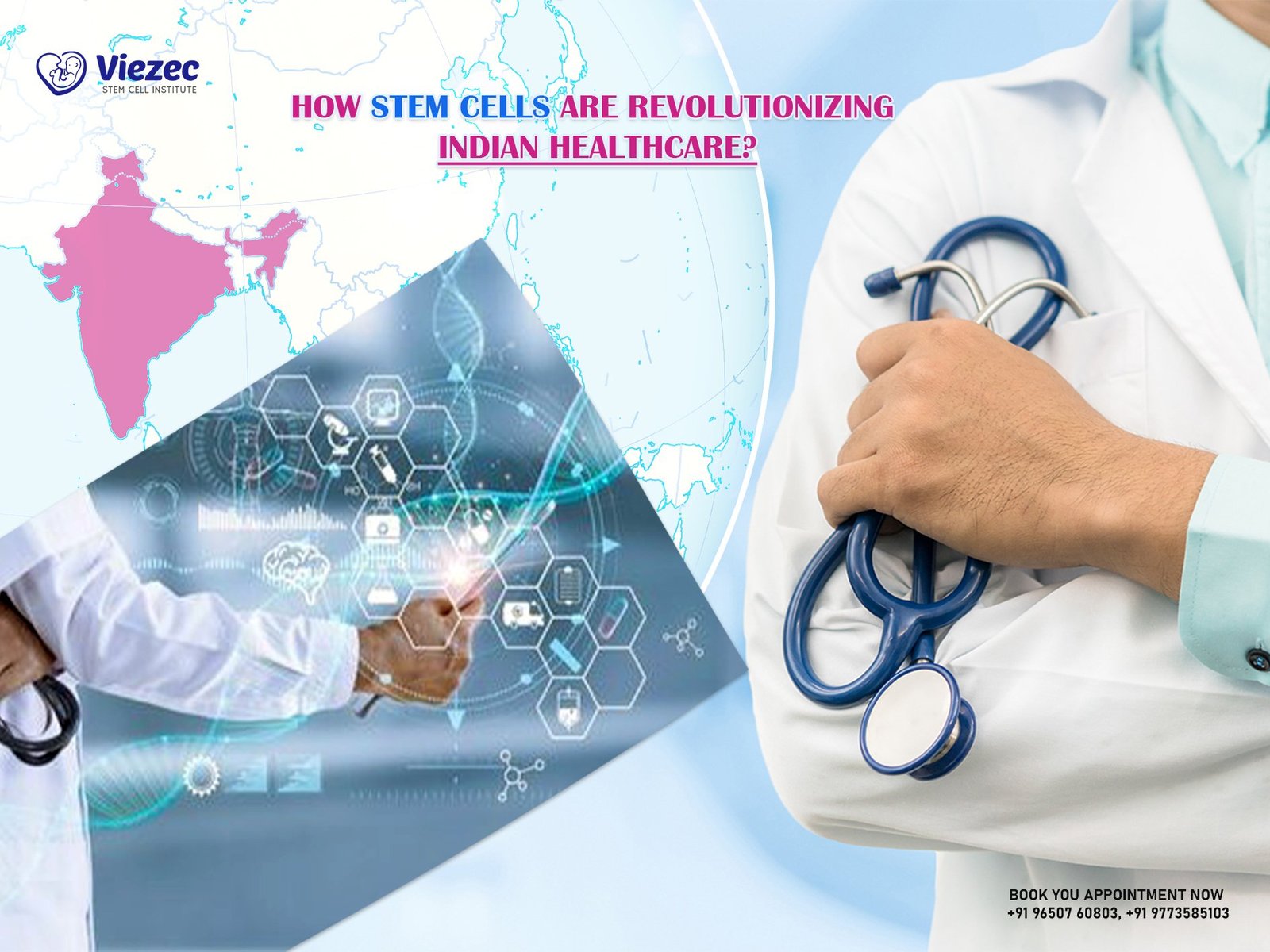KEY TAKEAWAYS
Stem cells have garnered attention for their potential in regenerative medicine, and their role in assisted reproduction is no exception. As scientists continue to explore the capabilities of stem cells, they are finding groundbreaking ways to improve fertility treatments. Stem cells hold promise for both male and female infertility and could redefine the future of reproductive medicine. This article explores the various ways stem cells are transforming fertility treatments, the science behind their use, and the ethical implications surrounding their application in assisted reproduction.
The Revolutionary Impact of Stem Cells in Assisted Reproduction
The use of stem cells in assisted reproduction has the potential to revolutionize fertility treatments. For years, couples struggling with infertility have relied on in vitro fertilization (IVF) and other assisted reproductive technologies (ART). While these methods have been successful, they don’t always address the underlying causes of infertility. Stem cells offer new possibilities by not just assisting reproduction but by helping to regenerate damaged tissues and organs, thereby directly improving the conditions that hinder fertility.
How Stem Cells Are Transforming Fertility Treatments
Stem cells have the ability to transform fertility treatments in profound ways. For women, stem cells are being used to regenerate ovarian tissue, offering hope to those with conditions like premature ovarian failure or diminished ovarian reserve. For men, stem cells can assist in sperm production, particularly for those suffering from genetic infertility. Stem cell therapies could also enhance the effectiveness of traditional ART treatments by improving the overall health of reproductive organs.
The potential of stem cells is far-reaching. They offer solutions that were once considered impossible, such as restoring fertility in individuals who previously had no viable reproductive options. As more research is conducted, the possibilities for integrating stem cells into fertility treatments continue to grow.
What Are Stem Cells and Their Role in Reproductive Medicine?
Before diving into the specifics of stem cells in reproductive medicine, it’s important to understand what stem cells are. Stem cells are undifferentiated cells that have the unique ability to develop into various types of cells and tissues in the body. Their versatility makes them ideal candidates for regenerative therapies, including fertility treatments.
Understanding the Science Behind Stem Cell Therapies
Stem cell therapies rely on the ability of stem cells to divide and differentiate into specialized cell types. In the context of reproductive medicine, stem cells can be used to create or regenerate eggs, sperm, and other reproductive tissues. They can also be used to repair damaged organs, like the ovaries or testes, that contribute to infertility.
One of the most exciting aspects of stem cell therapy is the ability to bypass traditional limitations of reproductive technologies. For example, stem cells could potentially be used to produce eggs or sperm from individuals who have a compromised ability to do so naturally. In essence, stem cells are not just an alternative; they could serve as the foundation for future reproductive advancements.
Types of Stem Cells Used in Assisted Reproduction
Mesenchymal stem cells (MSCs) are among the most widely studied and applied stem cells in reproductive health because of their powerful regenerative and immunomodulatory properties. These versatile cells are typically derived from bone marrow, adipose (fat) tissue, or umbilical cord tissue, making them a safe and accessible option for advanced fertility treatments.
How MSCs Support Reproductive Health
Using mesenchymal stem cells for reproduction promotes natural healing and repair in the reproductive system. MSCs release growth factors and cytokines that:
-
Improve blood circulation in reproductive tissues
-
Stimulate the regeneration of ovarian follicles
-
Restore normal ovarian function for better fertility outcomes
Applications in Female Reproductive Disorders
-
Asherman’s Syndrome & Thin Endometrium: MSCs help regenerate and thicken the uterine lining, enhancing implantation success rates.
-
Recurrent Implantation Failure (RIF): Thanks to their immunomodulatory effects, MSCs regulate immune activity and reduce inflammation, improving chances of successful pregnancy.
Emerging Research
While MSCs are leading the way in fertility care, other stem cell sources—such as endometrial stem cells for reproduction—are being actively researched. These options hold potential but are not yet widely adopted in clinical treatments.
Stem Cell Therapy for Ovarian Rejuvenation
Stem cell therapy for ovarian rejuvenation is an innovative approach designed to restore ovarian function, especially in women affected by premature ovarian insufficiency (POI) or diminished ovarian reserve. By stimulating tissue repair and improving ovarian health, stem cells offer new hope for women struggling with infertility and age-related reproductive decline.
When Stem Cell Therapy May Be Recommended in Reproductive Medicine
Stem cell applications in reproductive health are particularly indicated for:
-
Poor ovarian response during IVF – Women who do not respond adequately to traditional in vitro fertilization treatments may benefit from stem cell–based ovarian support.
-
Premature ovarian insufficiency (POI) – For women who lose normal ovarian function too early, stem cell therapy shows promise in restoring hormone production and fertility potential.
-
Reproductive aging and diminished reserve – Stem cell therapy may help women seeking to enhance fertility with advancing age, offering a regenerative solution where conventional therapies are limited.
Stem Cells in Male Infertility: Unlocking New Possibilities
Male infertility is often caused by genetic issues, hormonal imbalances, or damaged sperm-producing cells. Stem cells offer a solution by providing a way to generate healthy sperm from a man’s own cells, even when his natural ability to produce sperm is compromised.
Improving Sperm Production and Overcoming Genetic Barriers
Stem cells have the potential to overcome genetic barriers to male fertility. For example, if a man has genetic mutations that prevent him from producing viable sperm, stem cell therapy could create healthy sperm cells from his own stem cells. This groundbreaking approach may eliminate the need for sperm donation in cases of male infertility.
How Stem Cells Can Treat Male Infertility
Stem cell therapies for male infertility are still in the experimental stage, but early research is promising. Studies have shown that stem cells can be used to generate sperm-like cells, even from men with severe infertility. The hope is that, in the future, stem cell treatments will allow men with genetic infertility to father their biological children.
Clinical Trials: The Proof Behind Stem Cell Treatments in ART
While the potential for stem cell therapies in assisted reproduction is exciting, much of the research is still in the trial phase. Clinical trials are essential for understanding the efficacy, safety, and real-world applications of these therapies.
Real-World Applications and Current Success Rates
As clinical trials continue, researchers are beginning to gather data on the success rates of stem cell-based fertility treatments. Preliminary results have shown promise, particularly in the areas of ovarian regeneration and sperm production. However, it’s important to note that widespread use of stem cells in assisted reproduction will depend on further testing and validation.
These trials are also examining the long-term outcomes of stem cell therapies, ensuring that any treatments offered to patients are both safe and effective. While stem cell therapy could eventually become a mainstream option, the current focus remains on gathering evidence and refining techniques.
Ethical and Legal Considerations in Stem Cell-Based Reproduction
The use of stem cells in reproductive medicine raises significant ethical and legal questions. As with any new medical technology, there are concerns about the implications for society, the environment, and individual rights.
The Debate: Ethical Implications of Stem Cell Use in Fertility
One of the primary ethical concerns surrounding stem cell-based reproduction is the issue of consent, especially in cases where embryos are used. There are also concerns about the potential for “designer babies,” where genetic traits might be selected or altered. These issues are further complicated by the potential use of stem cells for cloning, which remains highly controversial.
In addition, there is ongoing debate about the commercialization of stem cell therapies. Some argue that stem cells should only be used for medical purposes, while others worry about the exploitation of patients seeking reproductive assistance.
Navigating the Legal Landscape of Stem Cell Therapy
The legal landscape of stem cell therapy is still developing, with laws varying widely from country to country. In some regions, stem cell-based fertility treatments are regulated, while in others, the technology is either unregulated or under heavy scrutiny. As the science progresses, lawmakers will need to balance the need for innovation with the protection of ethical standards.
While many countries have already enacted laws regulating stem cell research, the use of stem cells in reproduction may lead to new legislative challenges. Ongoing discussions in the medical, legal, and public arenas will shape the future of this promising field.
Stem cells are undeniably shaping the future of assisted reproduction, offering new hope for both male and female infertility. With ongoing research and clinical trials, these therapies may become a cornerstone of fertility treatments in the near future. However, as we explore these groundbreaking possibilities, it’s crucial to continue navigating the ethical, legal, and scientific challenges to ensure that stem cell therapies are used responsibly and effectively.
Is Stem Cell Therapy for Fertility an Alternative to IVF?
Stem cell therapy in reproductive medicine is being explored as a complementary treatment rather than a full substitute for in vitro fertilization (IVF). By improving the reproductive environment, stem cells may enhance the effectiveness of IVF procedures.
Studies suggest that stem cell therapy can:
-
Improve egg quality, making fertilization more likely
-
Enhance embryo implantation, supporting better pregnancy outcomes
-
Increase IVF success rates, particularly in women with diminished ovarian reserve or age-related fertility decline
While promising, stem cell therapy is not yet a standalone replacement for IVF. Instead, it is seen as an innovative tool that may work alongside traditional fertility treatments to maximize results.

